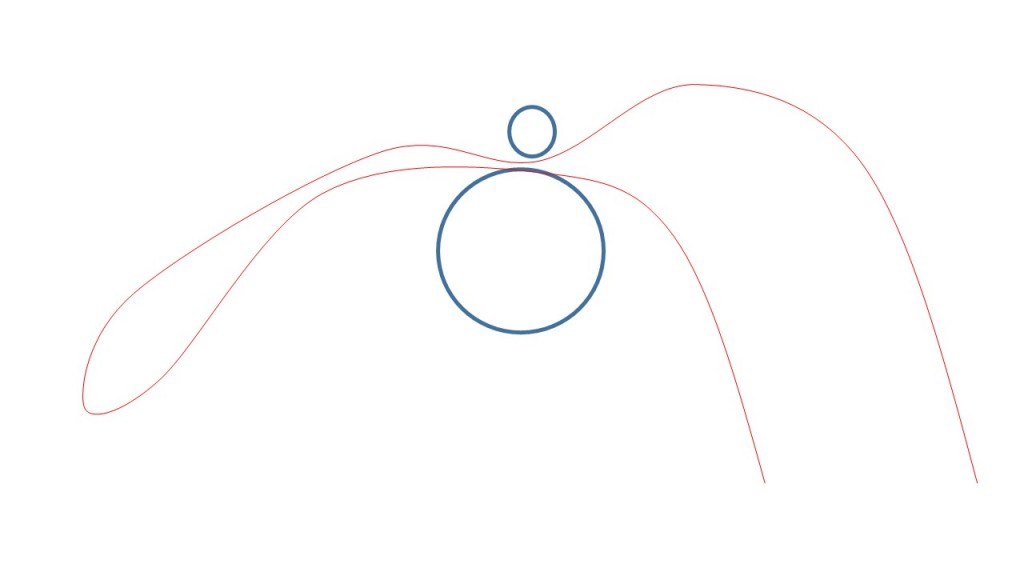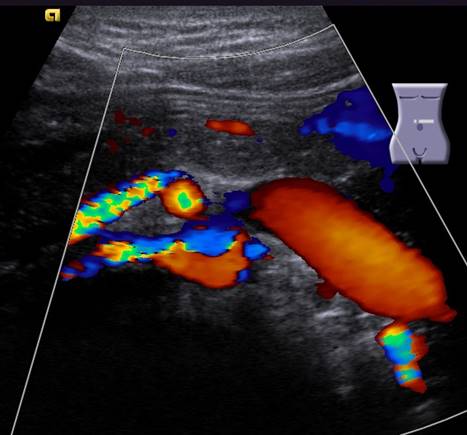- New stuff to read and discuss
- What patients say
- Clinic / online appointments
- Why the diagnosis of a psychosomatic illness is often a misdiagnosis
- Vascular Compression Syndromes
- Do you have questions?
- Checklist vascular compression syndromes
- Description of your symptoms
- Researchers from the Mayo Clinic confirm my concept of the Midline Congestion Syndrome
- Explanation of gender-specific differences in the clinical symptoms of abdominal vascular compression syndromes: varicocele and penile/testicular pain – their main manifestation in men.
- Varicocoele is predominantly caused by left renal vein compression
- Musculoskeletal pecularities of female puberty
- Lordosis /Swayback- Origin of many abdominal compression syndromes
- Bending of a straight vein compels its narrowing
- The lordogenetic midline congestion syndrome
- Neurological consequences of the midline congestion syndrome
- Successful treatment of a teenage girl who was unable to eat due to extreme postprandial pain and unable to walk due to spasticity in her left leg
- Severe ataxia in a young woman with severe spinal congestion – complete resolution after decompression of the left renal vein
- All compression syndromes are one: the spectrum of lordogenetic compressions
- Nutcracker-Syndrome is a misnomer! Lordogenetic left renal vein compression is a more appropriate name!
- May-Thurner-constellation (May-Thurner-syndrome, Cockett’s syndrome)
- Midline (congestion) syndrome
- Pelvic congestion syndrome
- Celiac Trunk Compression / Dunbar syndrome / MALS / Arcuate ligament syndrome
- Wilkie-Syndrome / Superior-mesenteric-artery-syndrome
- Compression of the vena cava inferior
- Evlauation of vascular compressions with the PixelFlux-method
- Connective tissue disorders predispose to multiple compressions
- Postural tachycardia syndrome (POTS) – the hemodynamic consequence of vascular compression syndromes and loose connective tissue
- Restless legs-a little known symptom of abdominal vascular compression syndromes
- Pudendal neuralgia in vascular compression syndromes
- A new sonographic sign of severe orthostatic venous pooling
- Migraine and Multiple Sclerosis
- Hemodynamic effect on cerebral perfusion in patients with multiple localised vascular compression.
- Treatment of vascular compression syndromes
- Fatal errors in the treatment of vascular compression syndromes
- Risks of stents in venous compression syndromes
- Surgical treatment of abdominal compression syndromes: The significance of hypermobility‐related disorders
- Nutcracker and May-Thurner syndrome: Decompression by extra venous tube grafting and significance of hypermobility related disorders
- Our surgical treatment of vascular compressions
- Chronic regional pain syndrome (CRPS) caused by venous compression and mechanical irritation of the coeliac plexus
- Vascular compression syndromes I recently detected
- Kaleidoscope of instructive cases
- Ultrasound Diagnostics
- Profile
- Functional colour Doppler ultrasound – how I do it
- Perfusion Measurement – PixelFlux-method
- Research
- Publications
- Nutcracker and May-Thurner syndrome: Decompression by extra venous tube grafting and significance of hypermobility related disorders
- Papers authored by Th. Scholbach
- Publications
- Inauguration of measurements of the tissue pulsatility index in renal transplants
- From nutcracker phenomenon to midline congestion syndrome and its treatment with aspirin
- First sonographic tissue perfusion measurement in renal transplants
- First sonographic bowel wall perfusion measurement in Crohn disease
- First sonographic renal tissue perfuison measurement
- First sonographic measurement of renal perfusion loss in diabetes mellitus
- PixelFlux measurements of renal tissue perfusion
- Why I prefer not to publish in journals but in the Internet
- Vessel stretching in nephroptosis – an important driver of complaints
- Publications
- Expertise
- Bornavirus Infection
- Scientific cooperation
- Cookie Policy
- Data protection
- Cookie Policy (EU)
- Impressum

The so called Nutcracker Phenomenon
The nutcracker phenomenon (albeit a misnomer) is by far the most frequent vascular compression syndrome. During the last twenty years I diagnosed and treated many hundreds of patients. It is basically caused and aggravated by the upright, bipedal human gait.
This typical human posture is the reason for a swinging configuration of the human spine that is characterized by a so-called lordosis of the lumbar spine. Lordosis means that an anterior curvature of the vertebral column constitutes an obstacle for any structure that is passing the spine from one side to the other side of the abdomen. Such a structure is the left renal vein. The compression of this vein does not occur without symptoms.
Abdominal pain, flank pain(mostly left sided), a lumbar scoliosis towards the left, pelvic pain (above the left ovary in female patients), back pain, headache, hemorrhoids and pain in the genitals (dyspareunia – pain during sexual intercourse or testicular pain) are frequent complaints.
The diagnosis is made straightforward by means of functional color Doppler ultrasound.
A nutcracker syndrome is diagnosed in cases with hematuria (red blood cells in the urine) in addition to the pain in the above mentioned regions. The treatment is primarily directed to resolve or alleviate the lordosis. Often medical treatment is necessary and successful. In rare cases a surgical intervention, aimed to resolve the venous compression, is necessary.
The treatment effect can be seen as the flow velocity inside the compressed vein is being normalized and the suppressed arterial perfusion of the left kidney reaches the level of the right kidney again. The perfusion measurement of both kidneys is thus a prerequisite to make an accurate diagnosis, to evaluate the individual impact of the venous compression and to monitor the treatment.
The following image shows a schematic representation of the renal vein (red) which, transporting blood from the right side, is incarcerated between the aorta and the arteria mesenterica and thus impounded:

The next picture shows the ultrasound image of the same situation:

Bypasses and resulting discomforts
The compression of the renal vein forces the blood into collateral pathways. This often leads to congestions of organs of the pelvis, resulting in pain and other troubles.
The following video demonstrates the way of the blood from the left kidney towards the inferior vena cava in patients with nutcracker phenomenon. The obstacles are shown as toing and froing of the red cell in the nutcracker (1) and in front of the promontory (2- May-Thurner-constellation). During its passage through the pelvic organs the high pressure of the venous collateral network leads to bulging of the veins- so called varices (3) that give rise to pain and cramps.
A more detailed desription of vascular compression syndromes can be downloaded here.
